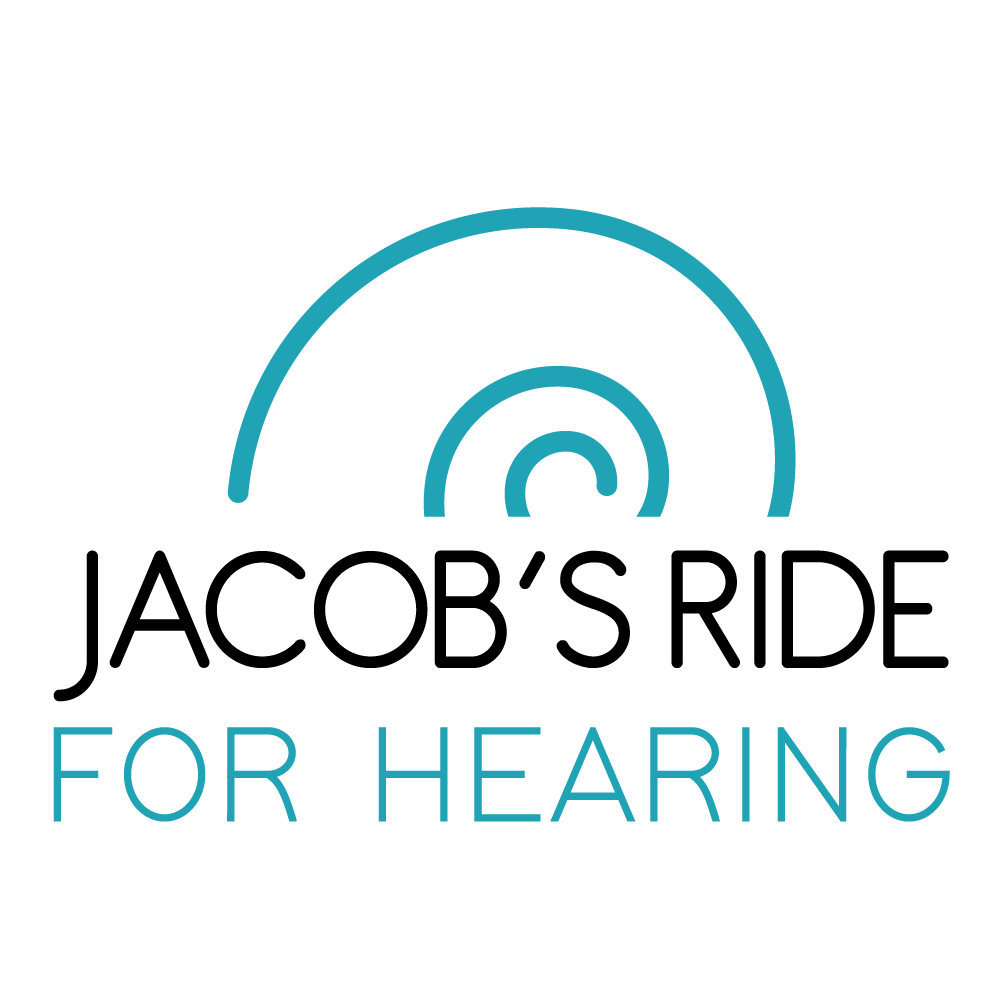
about cochlear implants
There are over 500,000 infants, children, and adults in the United States with severe-to-profound hearing loss. Hearing impairment is one of the most common birth defects in the country.
Cochlear implants are the most successful medical intervention for those profoundly deaf or severely hard-of-hearing. A small, complex electronic device, a CI does not amplify sound like a conventional hearing aid. Instead, it bypasses the damaged parts of the inner ear and delivers electrical impulses to the auditory nerve.
Current technology uses a microphone and speech processor worn outside of the ear, resembling a conventional hearing aid. The processor collects sound information and sends it to the surgically implanted device, which then delivers the signal to the brain via the auditory nerve.
While a CI does not restore normal hearing, it can give a deaf person a useful representation of sounds in the environment, including speech. Cochlear implants, coupled with post-operative therapy, can help young children to acquire speech and to function in the auditory world. Adults who have lost all or most of their hearing often can also benefit from cochlear implants, as they learn to associate the signal provided by an implant with sounds they remember.
Learn more about how we provide The Gift of Hearing:
The Gift of Hearing from Reiley Wooten on Vimeo.
Hello, World!
